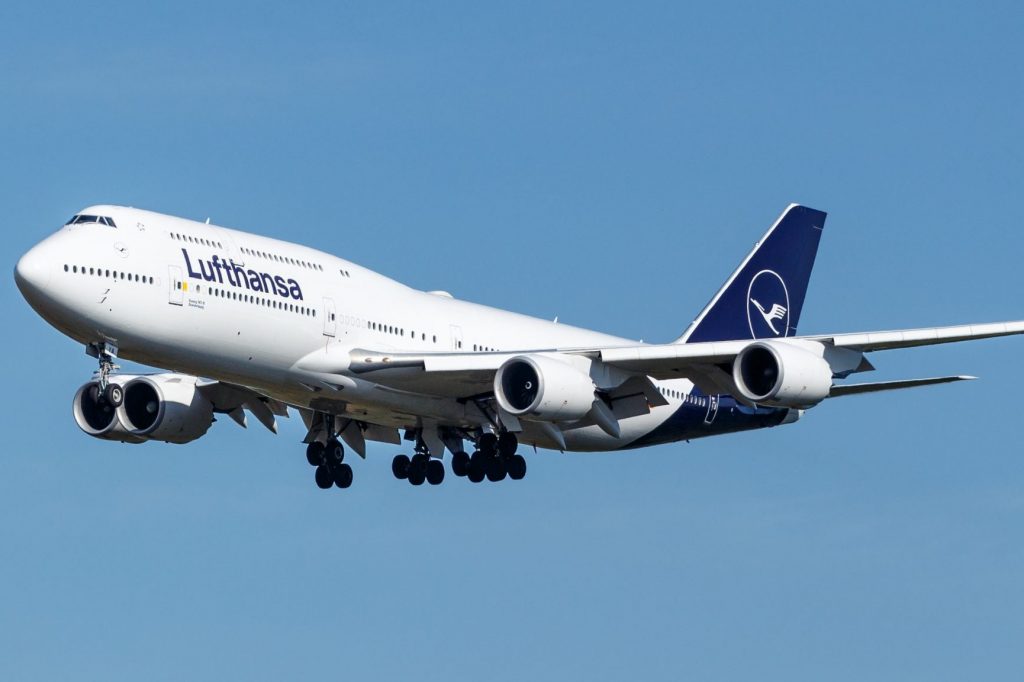Skift Take
European airlines are struggling with how to predict summer travel demand with time running out as the main holiday season fast approaches. They won't be alone.
European airlines buffeted by successive lockdowns have little idea what kind of summer to expect. But they must place their bets anyway.
Time is short to commit to flight schedules for the main holiday season, whose profits usually tide the industry through the winter, but whose outlook has never been so uncertain.
Cash-strapped carriers must decide when to trigger the costly process of returning parked planes and furloughed staff, or even rehiring. Getting it wrong means losing more money on half-empty flights or – if demand is underestimated – handing badly needed business to rivals.
“It’s like trying to sail a boat when the wind changes direction every couple of minutes,” said Robert Boyle, a former British Airways executive whose firm Gridpoint Consulting advises the industry.
“I’ve spoken to airlines that normally do about three versions of the schedule, and now say they’re on their 50th.”
Scheduling for the peak season opening on March 28 is a guessing game with higher stakes than ever, as the risk of a second lost summer hangs on the race between faster-spreading COVID-19 variants and vaccine rollouts.
The first wave of lockdowns saw airlines drop 72% of the 755 million seats scheduled in Western Europe last summer, according to flight data specialist OAG. Many of the 684 million summer 2021 seats now posted are also likely to end up cancelled.
“Most airlines are currently planning to operate quite large parts of their networks but will inevitably scale back,” OAG analyst John Grant said, rendering capacity plans “pretty meaningless”.
Planning Nightmare
Further complicating the task, consumers beset by uncertainty have embraced last-minute booking on a scale that haunts the nightmares of network planners, who usually track early reservations against the previous year’s curve.
“Booking patterns are out the window,” Grant said. “So there’s an increasing use of analytics and metasearch data, social media chat and Google to try to identify patterns.”
Alphabet’s Google and online travel marketplace Skyscanner have moved to fill the void, with tools allowing airlines to extrapolate real demand from internet searches.
Consumers “look at Skyscanner probably earlier in their thinking,” said Hugh Aitken, the company’s flights chief. “We can give that pent-up demand view.”
Last month, for instance, Skyscanner saw a 20% rise in October UK-Spain searches. Its data also show how quickly demand can snap back when restrictions ease: on the day Pfizer’s vaccine was pronounced effective, UK bookings jumped 37%.
“Past trends are no predictor,” Aitken said. “Airlines will have to be very nimble with their decision-making.”
Air France-KLM said it acted on online search data to order a swift fourfold ramp-up in French Caribbean flights that brought in much-needed cash over Christmas.
The Franco-Dutch carrier and German peer Lufthansa – another Google data client – both say the large majority of their planes can return at short notice.
Low-Cost Offensive
Summer also promises the first salvos in a recovery offensive by low-cost carriers, which have used previous crises to ratchet up their market share.
A freeze on entitlements to take-off and landing slots at once-busy airports has eased some of the pressure on incumbent airlines.
But budget carriers are likely to pull off a nimbler restart, observers say, thanks to more variable costs and robust balance sheets to underpin risk-taking and discounting.
“It’s not only much easier to ground all of your fleet, it’s easier to put your aircraft back in the sky,” said Geoffrey Weston, a Bain & Co. partner who heads the management consultancy’s global transport business.
“You’re winning on the way down and you’re winning on the way up.”
Irish budget carrier Ryanair is already “out there recruiting cabin crew at the moment”, Chief Financial Officer Neil Sorahan said – despite the cloudy outlook.
“It will lead to some extra costs,” Sorahan told Reuters. “But again we want to be ready for when things spike up.”
With simulator access limited, Ryanair has even run some empty flights to keep pilots’ hours above the requirement for immediate return to service, CEO Michael O’Leary said.
EasyJet is also focused on flexibility, CEO Johan Lundgren said, but added: “The sooner we can have transparency on how these restrictions are unwound, (the) better.”
As a hedge against the deep uncertainty, airlines are likely to push point-to-point trips to European summer destinations.
Planned flights to France, Greece and Portugal are down by less than 8% on pre-crisis 2019 levels, while Egypt and Tunisia are down by a quarter, according to OAG data – although all are set to fall further.
If summer travel gets a green light it may come very late, said Wizz Air CEO Jozsef Varadi, and the ultra-low cost carrier can restore flights in under three weeks.
“People will want to get away from cities,” Varadi told Reuters. “Seaside destinations will be incredibly popular.”
(Reporting by Laurence Frost in Paris and Sarah Young in London. Additional reporting by Conor Humphries in Dublin. Editing by Mark Potter)
This article was written by Sarah Young and Laurence Frost from Reuters and was legally licensed through the Industry Dive publisher network. Please direct all licensing questions to [email protected].
The Daily Newsletter
Our daily coverage of the global travel industry. Written by editors and analysts from across Skift’s brands.
Have a confidential tip for Skift? Get in touch
Tags: coronavirus, coronavirus recovery, european airlines, klm, lufthansa, ryanair
Photo credit: European airlines like Lufthansa (pictured) are grappling with how to predict summer travel demand. TJDarmstadt / Wikimedia
